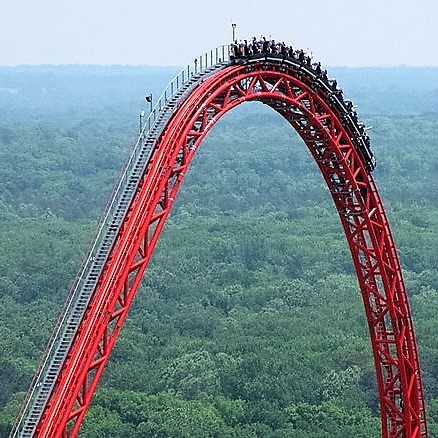
(Introduction / Part One / Part Two / Part Three / Part Four)
From Part II:
Prosperity was not disappearing from the American landscape, but simply shifting. In roughly the same 30-year period when growth in workers' wages was slowing down to a crawl, individual wealth became so concentrated that the 400 richest billionaires in the United States had an accumulated wealth equal to half that of the U.S. population (150 million people).
The staggering inequities of wealth were captured in the rising ratios between CEO pay and average annual wages for nonsupervisory labor -- 20:1 in the early 1970s, doubling by the end of the decade, and then continuing on a Mount Everest-like climb to 376:1 by 2000. To put this in perspective, the average CEO compensation in 2007 was $18.8 million, compared with $31,000 for the average worker with only a high school degree and $15,000 for a minimum-wage job -- a ratio of 1,253:1.
If these numbers aren't troubling enough, the great recession in 2008 appeared proof that no one, even the wealthy, was minding the store. A shift in perception was taking place in the collective from a belief that success was a function of merit and effort to a recognition that the system was rigged.
***
The tragic consequences of these historical developments are now being visited upon us in illness, suicide, racial division, and the emergence of demagogic leaders, most notably Donald Trump. In the past year, data has been unearthed that reveals just how serious and widespread the damage has been.
While trying to discover links between well-being and suicide rates, two Princeton economists, Angus Deaton and Anne Case, stumbled onto some harrowing statistics. Analyzing health and mortality data during the period of 1999 to 2014, they discovered skyrocketing levels of suicide, liver disease from alcoholism, and deaths from heroin and prescription opioids in one particular demographic group above all others: 45-to-54-year-old whites with a high school education or less.
To put this in starker terms, white Americans with a high school degree or less are now dying in epidemic proportions from what can only be described as despair. In that group of Americans, 45-to-54-year-old whites, death rates rose by 22% while falling for those with a college education. Death rates also declined for middle-aged blacks and Hispanics as well as for younger and older people of all races and ethnic groups. But not for this particular group of white Americans. Dr. Deaton could think of only one parallel example: "Only HIV/AIDS in contemporary times has done anything like this."
Dr. Case also found that during the period studied, income for this demographic group fell, after adjusting for inflation, by 19%. Incidence of mental illness and difficulty socializing increased in tandem with the finding that a third of this group reported chronic pain, including join pain and sciatica, enough to make walking two blocks difficult. The least educated were most likely to report the greatest incidence of pain and the worst general health.
As for suicide, the findings are remarkably consistent with the data on overall mortality. From 1999 to 2014, a surge in rates of suicide, typically viewed as a problem for teenagers and the elderly, rose among middle-aged Americans. Suicide of middle-aged Americans is at its highest peak in 30 years, increasing for women ages 45 to 64 by 63% and for men in that age range by 43%. The suicide rate for middle-aged men was 27.3 deaths per 100,000 in 2010 and 8.1 per 100,000 for women. So dramatic was this increase that the overall suicide rate rose by 24% during the study period, a sign of deep anguish among millions of Americans. In all, 42,773 people died from suicide in 2014.
Sadly, but not accidentally, the demographic group most likely to be burdened by financial distress, lack of education, ill health, chronic pain, addiction, and suicide was also the one most likely to support Donald Trump for president during the early emergence of his candidacy. During that period, August through September 2015, a Reuters poll found that 58% of voters without a high school degree supported him, as did nearly 50% of voters with only a high school degree. And they remain the base of his current support. And of course, they are almost exclusively white, anxious to find scapegoats for their distress.
What we are witnessing today is a polarization of world views. These world views are made up of specific attitudes toward issues like gun control, abortion, and climate change, but they also cut much deeper into what might be understood as a tribal identification. For many white Americans, the counterpoint to the attention given to the needs of minorities and immigrants is a growing sense of their own displacement, abandonment, and suffering. And what we know about unacknowledged feelings of loss and grief is that they can quickly turn to hostility, paranoia, and idealized memories of a romanticized past. This is the dark soil from which demagogic power arises.
For more information on the author, go to www.alanbriskin.com